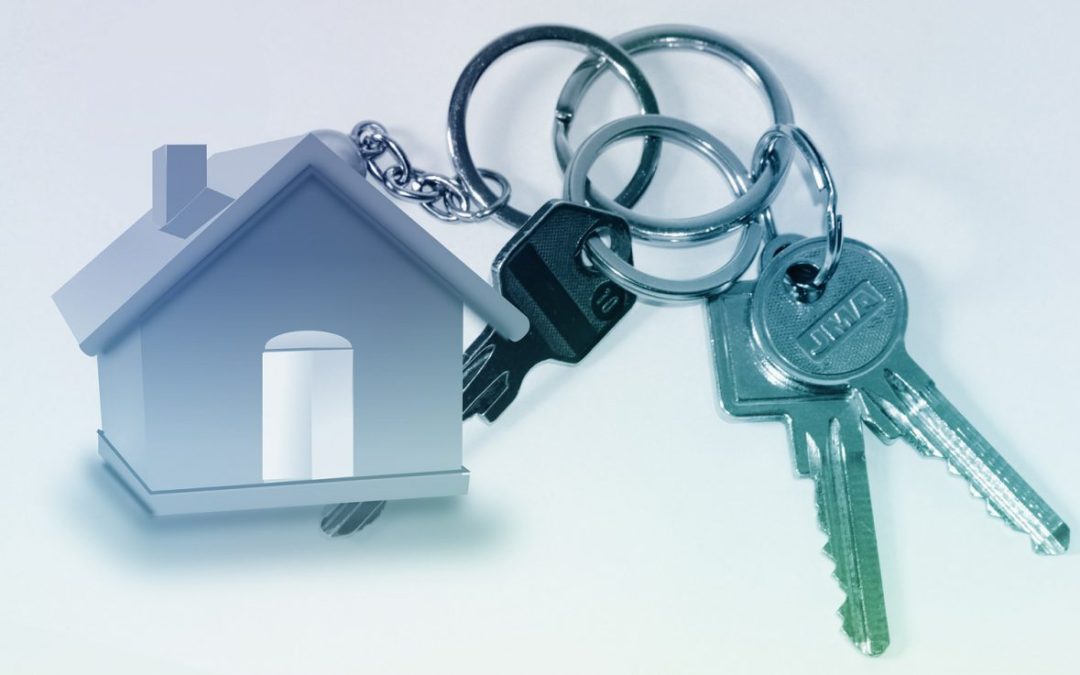If you’ve been following along, you know I talk about down payments a lot. But what do they mean?
Officially, a down payment is “an initial payment made when something is bought on credit.”
When buying a house, the minimum down payment for houses less than $500,000 is 5%. However, a down payment less than 20% is subject to hefty premiums for insurance fees.
Let me break it down. I will use a house that costs $100,000 to keep the math easy. But if you bought a house for this price (in the GTA), you’d be living in a shed with mice and no roof.
- 5% of $100,000 is $5,000
- 10% of $100,000 is $10,000
- 20% of $100,000 is $20,000
Saving 5% is manageable for some people and I read that it’s very common amongst first-time homebuyers to only put down 5%. This is not the route I would take. I do everything in my power to avoid extra fees, that included the insurance fees charged by CMHC. A 5% down payment also makes your regular monthly payments higher because you own more money on your mortgage.
- If you put $5,000 down on a $100,000 house, you own 5% of the house. You then owe $95,000 to whoever gave you the mortgage loan. You have a set number of years to pay that off, usually between 20-30 years. You are also charged interest on this loan, so like anything with interest, it’s better to owe less and pay it back faster.
- Think about your student loans. After you graduate, you are charged interest on the loan. The less you owe back to the government, the easier it is to pay off. A house loan works a similar way. By putting a larger down payment down, you owe less to the mortgage lender and it will be easier to pay the loan back in the long run. However, saving 20% for a house is HARD WORK.
Everyone has their own comfort zone so when planning your financial future, do your research and check in with yourself. Know your spending and saving habits and then do what you are comfortable doing.



